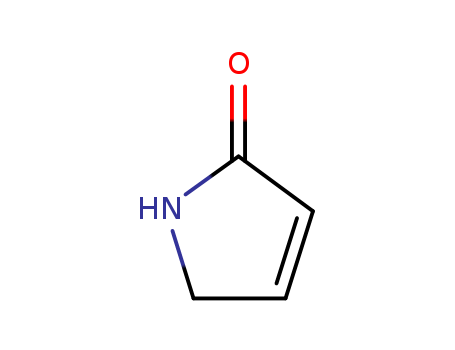10.1055/s-2004-822900
The research explores a novel method for expanding the ring structure of cyclobutanones to synthesize various five-membered azaheterocyclic compounds, including pyrrolinones, pyrrolidines, and pyrroles. The study aims to develop an efficient and high-yielding synthetic pathway for these heterocycles, which are known for their significant physiological and pharmacological properties. The researchers used 2,2-dichlorocyclobutanones as starting materials, reacting them with amines to induce ring opening, forming 4,4-dichlorobutanamides. These intermediates were then converted into enol ethers using sodium methoxide, which were subsequently cyclized to form 3-pyrrolin-2-ones by treatment with aqueous HCl. The synthesized pyrrolinones were further reduced to pyrrolidinones and pyrrolidines using hydrogen on palladium and LiAlH4, respectively. Additionally, the pyrrolinones were converted to pyrroles using 9-borabicyclo[3.3.1]nonane (9-BBN). The study concludes that this new ring expansion method provides an efficient and versatile route for synthesizing a variety of physiologically active azaheterocyclic compounds, offering good yields and scalability.




